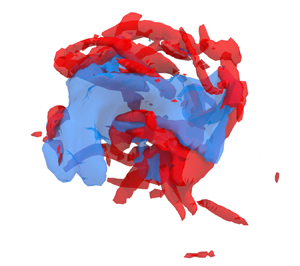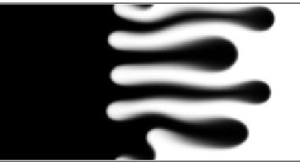doi:10.1017/jfm.2023.377 Kumar Chandra et al. Shock-induced aerobreakup of a polymeric droplet
Contents
JFM Papers
Identifying causally significant features in three-dimensional isotropic turbulence
-
- Published online by Cambridge University Press:
- 20 June 2023, A20
-
- Article
-
- You have access
- Open access
- HTML
- Export citation
Theoretical modelling of non-equilibrium reaction–diffusion of rarefied gas on a wall with microscale roughness
-
- Published online by Cambridge University Press:
- 20 June 2023, A21
-
- Article
- Export citation
Numerical study of the effect of Péclet number on miscible viscous fingering with effective interfacial tension
-
- Published online by Cambridge University Press:
- 20 June 2023, A22
-
- Article
-
- You have access
- Open access
- HTML
- Export citation
Front Cover (OFC, IFC) and matter
FLM volume 965 Cover and Front matter
-
- Published online by Cambridge University Press:
- 26 June 2023, p. f1
-
- Article
-
- You have access
- Export citation








